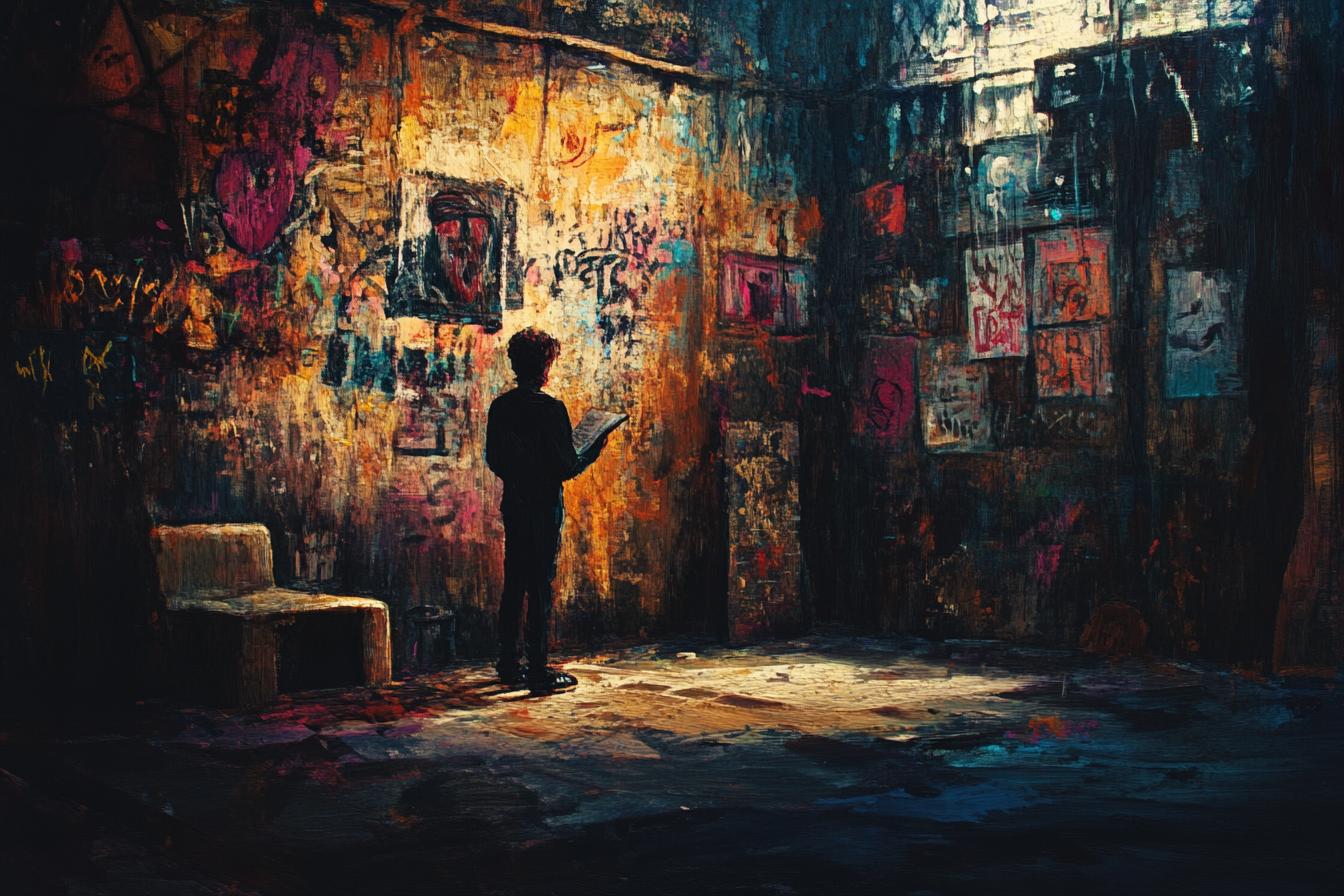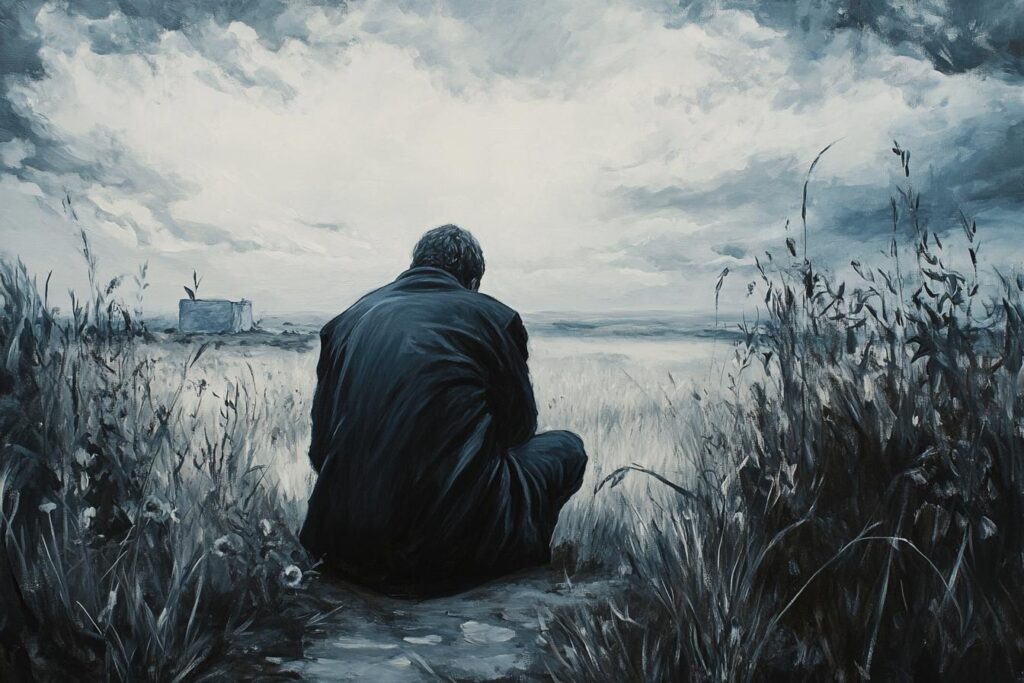Slam poetry, with its raw energy and passionate delivery, has roots that can be traced back to the 1980s, emerging from the vibrant cultural landscape of Chicago’s African American community. The term “slam” itself is a bit of a misnomer, as it doesn’t refer to any physical impact or aggressive act. Instead, it reflects the intense and competitive nature of the poetry performances that took place in community centers and nightclubs. These early slams were fueled by a desire to create a space for marginalized voices to be heard, a platform where poets could share their experiences and challenge societal norms through spoken word.
One of the key figures in the development of slam poetry was Marc Kelly Smith, often referred to as “The Grand Daddy of Slam.” Smith, along with other poets like Rudy Francisco and Patricia Smith, established the Nuyorican Poets Cafe in New York City, which became a major hub for slam poetry and a breeding ground for talented poets. This cafe, along with other venues across the country, fostered a sense of community and camaraderie among poets, encouraging them to push boundaries and experiment with form and delivery. As slam poetry gained popularity, it began to transcend its origins, attracting diverse audiences and inspiring a new generation of poets to embrace the power of spoken word.

1. What Are the Origins of Slam Poetry
Slam poetry emerged in the 1980s in Chicago, born from the vibrant spoken word and performance art scenes of the time. The movement was heavily influenced by the Black Arts Movement and the rise of hip-hop, drawing inspiration from the raw energy and social commentary of these art forms. However, slam poetry also differed from these influences by emphasizing a competitive format, where poets battled for points and audience approval. This format was initially established by Marc Smith, who organized the first slam poetry competition at the Chicago Poetry Center in 1984.
The early slam poetry scene thrived on a spirit of community and inclusivity, welcoming poets from diverse backgrounds and experiences. Slam poetry quickly spread beyond Chicago, gaining popularity in cities across the United States and eventually reaching the global stage. This rapid growth can be attributed to the accessibility of the form, which required no formal training or background in poetry. The raw, emotional, and often politically charged nature of slam poetry resonated with audiences, particularly those seeking a platform for their voices and experiences.
2. Roots in 1980s Chicago
The vibrant poetry scene of 1980s Chicago played a crucial role in the development of slam poetry. During this era, a group of poets, including Marc Smith, gathered at the “Poetry Project” at the “Green Mill Cocktail Lounge” in Chicago, where they began organizing spoken word events. These gatherings, which evolved into the “Nuyorican Poets Cafe” in New York City, fostered an environment of experimentation and innovation. Poets challenged traditional forms and embraced a more direct, conversational style of delivery, often infusing their work with humor, social commentary, and personal experiences.
The competitive format of slam poetry emerged from these early gatherings, with poets vying for points based on audience response. This competitive element, combined with the emphasis on performance and engagement, helped solidify slam poetry’s unique identity and paved the way for its widespread popularity. The passionate performances, the raw emotion, and the direct connection between poet and audience all contributed to the powerful impact of slam poetry, which resonated with a generation seeking authentic expression and social justice.
3. Inspired by Black Arts Movement
The Black Arts Movement, a cultural and artistic movement that flourished in the 1960s and 1970s, played a significant role in the development of slam poetry. This movement emphasized the importance of Black voices and experiences, promoting artistic expression as a means of social and political change. Black poets and writers during this period experimented with innovative forms of poetry, often incorporating elements of music, rhythm, and performance into their work. These innovations directly influenced the development of slam poetry, which sought to create a space for spoken word poetry that was accessible, engaging, and politically charged.
The Black Arts Movement’s emphasis on community and collective expression also resonated with the early slam poetry scene. Slam poetry events often took place in community centers, churches, and other public spaces, fostering a sense of shared experience and dialogue. This emphasis on community engagement and the use of spoken word as a tool for social change further solidified the connection between slam poetry and the Black Arts Movement. Slam poetry’s embrace of performance, improvisation, and social commentary can be traced back to the artistic and cultural spirit of this pivotal movement.
4. Focus on performance and audience interaction
Slam poetry emphasizes performance and audience interaction. The spoken word takes center stage, and poets employ a range of techniques to engage their listeners. This includes using vocal inflections, gestures, and even movement to bring the poem to life. The energy of the performance is crucial, and poets often rely on improvisation and audience feedback to create a dynamic experience.
The audience plays a vital role in slam poetry. They are not passive listeners but active participants in the event. The audience’s response, whether it be laughter, gasps, or silence, influences the poet’s performance. This direct connection between poet and audience creates a powerful and intimate atmosphere. The energy of the room is palpable, making slam poetry a truly immersive and engaging art form.
5. Competitive format for poets
Slam poetry’s roots lie in the competitive format that emerged in the 1980s. This format, which is still popular today, features poets competing against each other in a series of rounds. Poets perform original works, often with a specific theme or prompt, and are judged by a panel of individuals chosen at random from the audience. The judges score each poet based on factors such as content, delivery, and audience engagement.
The competitive format of slam poetry has been credited with helping to popularize the art form and create a sense of community among poets. The format encourages poets to experiment with their work, push creative boundaries, and connect with audiences in a powerful way. While the competitive aspect of slam poetry is important, it is also important to remember that the ultimate goal is to celebrate the power of poetry and to create a platform for poets to share their voices.
6. Social and political themes prevalent
Slam poetry emerged during a time of significant social and political upheaval. The 1980s and 1990s saw the rise of movements advocating for social justice, equality, and the dismantling of oppressive systems. Slam poetry provided a platform for marginalized voices to express their experiences and challenge societal norms. Poets used their words to shed light on issues like racism, sexism, poverty, and homophobia, igniting conversations and fostering a sense of community among those who felt unheard.
Furthermore, slam poetry’s emphasis on performance and direct engagement with the audience encouraged social commentary and political activism. Poets used their stage presence to connect with listeners on a personal level, prompting introspection and reflection on the issues at hand. Slam poetry became a powerful tool for raising awareness, promoting dialogue, and inspiring action on social and political issues.
Conclusions
So, there you have it! Slam poetry, born out of the vibrant Chicago scene of the 1980s, is a dynamic art form that blends performance and poetry. It’s all about connecting with the audience, whether through powerful words, raw emotions, or even a little playful banter. And let’s not forget the competitive element—it’s like a poetry showdown, where poets go head-to-head, pushing each other to deliver their best work. Inspired by the Black Arts Movement, slam poetry often tackles social and political issues, giving voice to the unheard and challenging the status quo. From its roots in Chicago to its global reach, slam poetry continues to evolve and inspire, reminding us that poetry can be both powerful and engaging.

